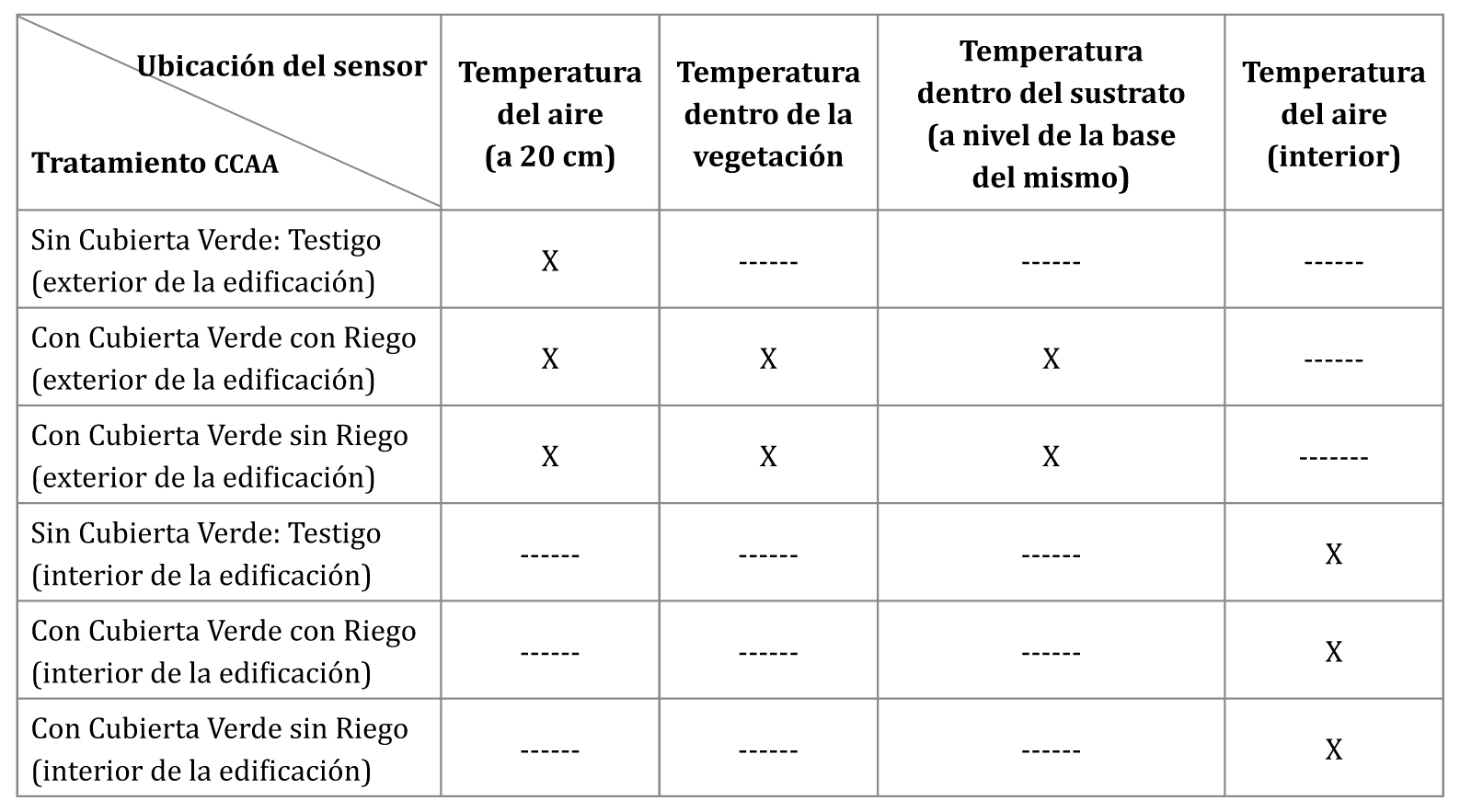Climate change difficulties in the Buenos Aires city contribution of green roofs in regulating the thermal change
Keywords:
heat island, green roofs, thermal regulationAbstract
Urbanization is defined as the physical growth of urban areas. About half of the world's population now lives in cities, and expected that this amount will increase to 61% by 2030, this growth will be more pronounced in developing countries. Cities are the habitat for excellence of human, and present environmental characteristics (urban climate) common in many parts of the world, as for example the presence of the island of urban heat (ICU). The urban heat island reveals the impact of habitat built on the physical environment and the increase in temperature that produces. The majority of greenhouse gas emissions that contribute to global climate change come from urban areas. Climate change is affecting climate globally and in cities not only modifies the conditions of the hydrological cycle, but also affects the ICU. The increase of the temperature according to the models established by the Intergovernmental Panel on climate change could emphasize over the next decades. For Buenos Aires the models predict, specifically in the 2020-2029 period, an increase of average maximum temperatures in 0.6ºC to 2ºC (for the minimum temperature average). Law number 3.871, called: adaptation and mitigation to climate change in the Autonomous city of Buenos Aires, proposed minimum solutions of adaptation. One of these proposed solutions are the green roofs, which (mentions the law), mainly can help as buffer against temperature extremes and the urban heat island. The objective of the present study was to determine, for the climatic conditions of the Autonomous city of Buenos Aires (CABA), if the green roofs (built with substrates and vegetation available at the study site), can make a contribution to the regulation of the temperature. The study make it possible to say, for the analyzed case and in the climatic conditions of the CABA in the period and types of green roofs studied, that the same may be a contribution to the thermal regulation of buildings.

Downloads
Published
Issue
Section
License
Aquellos autores/as que tengan publicaciones con esta revista, aceptan las Políticas Editoriales.


